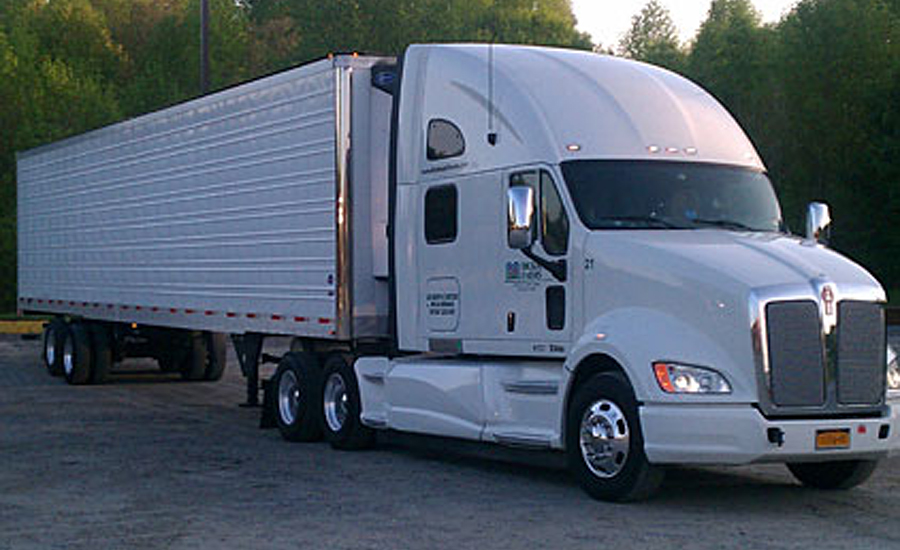The refrigerated transport market is estimated to be valued at $15.5 billion in 2019, and is projected to reach $21.6 billion by 2025, recording a CAGR of 5.8% from 2019-2025, as outlined in a study released by MarketsandMarkets, New York.
The report, "Refrigerated Transport Market by Application (Chilled food and Frozen food), Mode of Transportation (Road, Sea, Rail, and Air), Vehicle Type (LCV, MHCV, and HCV), Temperature (Single and Multi-temperature), Technology, and Region - Global Forecast to 2025," reveals the increasing demand for chilled and frozen food products, along with technological innovations in refrigerated systems and equipment are projected to drive growth in refrigerated transport.
Frozen food segment is projected to witness fastest growth
The frozen food segment is projected to witness the fastest growth during the forecast period, due to the increasing trend for ready-to-eat and convenience food in developed and developing countries.
The fish and seafood segment is projected to create growth opportunities for manufacturers in the refrigerated transport market, while developing countries are projected to create lucrative opportunities for frozen pizzas and other frozen products due to the increased demand from fast food chains.
Single temperature segment is projected to witness the fastest growth
The refrigerated transport market is now gaining momentum with the increasing need to cater to the growing demand for perishable commodities. In such countries, single-temperature refrigerated vehicles are widely used. Hence, the market share of the single-temperature segment is estimated to be larger during the forecast period.
Asia Pacific region is estimated to dominate the refrigerated transport market
The refrigerated transport market in Asia Pacific is projected to witness high growth due to increasing demand for frozen and processed food. Developing countries such as India, China and Latin American countries are projected to create high-growth prospects for leading players. These countries rely on imports to meet their demands for food products.



